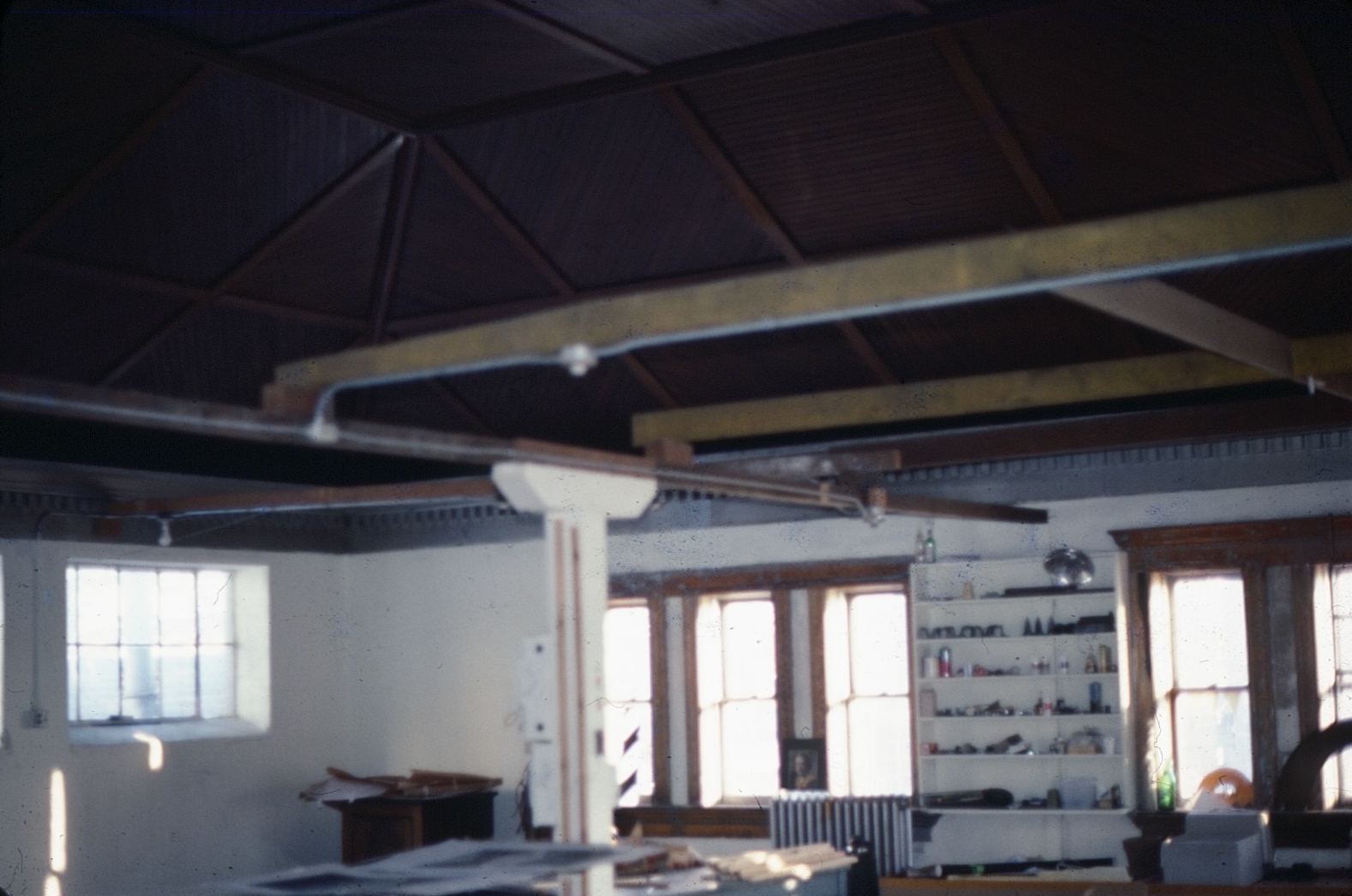HISTORY
Building History
The Pump House has been listed on the National Register of Historic Places since 1979 and is a City of La Crosse Historic Landmark. The building served as the City Water Works until 1914 when increased demand for water surpassed the facility’s capacity, transferring operations to it’s current location near Myrick Park. The building was vacant until the La Crosse Tractor Company occupied it from 1919-1920. The Tractor Company departed and the building would remain vacant until 1926, serving the City Street Department as a general repair and storage unit.
In 1977 after the City Street Department combined facilities in a new location, the City Council considered demolishing the Pump House. Two years earlier in 1975, a group of community volunteers organized a regional arts alliance that needed a space to base themselves. After much debate in June of 1977 the City Council leased the endangered building to the fledgling group of local artists and performers. The Western Wisconsin Regional Arts organization opened the Pump House in 1979. The building is inhabited and maintained by the Pump House Regional Arts Center, 501(c)3 non-profit, showcasing three art galleries, a fully functioning arts studio with a kiln and a jewel box theater that seats 130. The Pump House is currently an active site for the visual and performing arts in La Crosse and the surrounding region.
The Architecture
The Pump House is the only surviving example of Romanesque Revival civic architecture in La Crosse. The dark red brick two-story building is a simplified interpretation of the Romanesque style but still retains many of its original late 19th century elements. These details include distinctive central bay with the segmental brick blind round arch over the battered entry and carved limestone date block.
The original single story brick structure was built as the first City Water Works in 1880 and later enlarged to a two-story building designed by civil engineer John Cole in 1895. The enlarged building expanded on the Romanesque motif and included a grandiose central tower with elongated round arched windows and tall pyramidal roof. In the late 1930s several alterations were made to the structure including modification of the entry, windows, and most regrettably a drastic reduction in the height of the tower. Much of the interior woodwork and doors were salvaged from the former Post Office/federal building that was torn down in 1977.











































